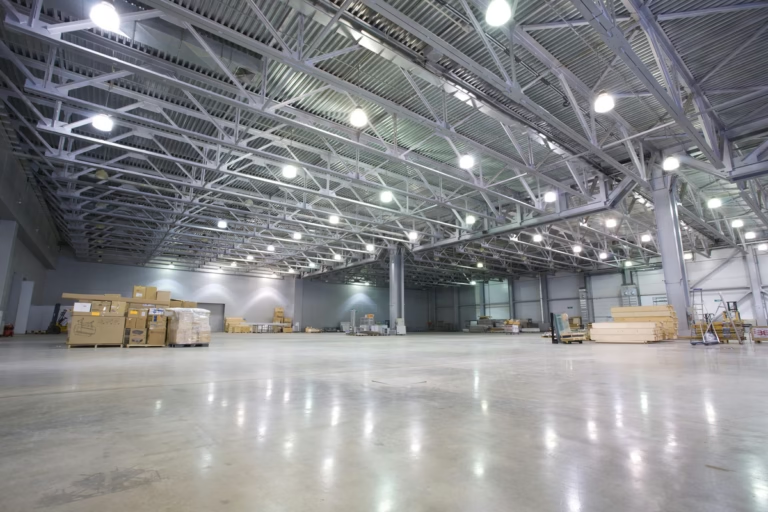Lighting plays a crucial role in creating efficient, safe, and productive facilities. Whether you’re managing a sprawling warehouse or a bustling office space, understanding the ins and outs of lighting can make your job so much easier while saving resources. This guide dives into the things facility managers should know about lighting to ensure your facility is running smoothly and efficiently.
1. Assessing Your Lighting Needs
Before making any changes, it’s essential to evaluate the current state of your lighting systems. Conducting a lighting audit will help you identify areas that are underlit, overlit, or consuming too much energy. Walk through your facility, examine different zones, and note how lighting impacts both operations and daily activities. Review electricity bills and identify fixtures that might benefit from upgrades. This is also an effective strategy for saving money in the manufacturing sector. A clear understanding of your current lighting situation will give you a roadmap for improvement.
2. Understanding Energy-Efficient Lighting
Energy-efficient lighting is now the gold standard and for good reason—it cuts energy consumption, reduces costs, and minimizes your facility’s carbon footprint. Switching from traditional lights to LED options is one of the most effective upgrades you can make. For example, you can retrofit your high-bay fluorescent fixtures with LEDs to achieve brighter lighting and up to 75 percent savings on energy use. Consider motion sensors and timers for areas like restrooms, storage rooms, or corridors. These help eliminate unnecessary energy use without effort on your team’s part.
3. The Impact of Lighting on Productivity
Poor lighting doesn’t just hurt energy bills; it can also impact performance. Spaces with dim or uneven lighting can lead to fatigue, eye strain, and even reduced morale. To create a productive setup, focus on natural light where possible. For artificial light, use fixtures that mimic daylight to maintain focus. Flexible lighting systems, like dimmable fixtures, allow you to customize brightness for different tasks, which is particularly important in mixed-use spaces.
4. The Role of Lighting in Safety and Security
A well-lit facility is a safe one. Proper lighting reduces the risk of accidents, especially in stairwells, parking lots, and warehouses. Security lighting should also be a priority. Strategically placed lighting around entry points and outside areas not only discourages unauthorized access but makes employees feel safer as well. Consider layering floodlights with motion-sensor lights to maximize coverage without wasting energy.
5. Maintaining Your Lighting Systems
Installing energy-efficient lighting is just the first step. Regular maintenance ensures your systems stay effective and efficient. Create a routine for inspecting bulbs, fixtures, and control systems throughout your facility. Address burnout or flickering immediately, as these can compromise both visibility and energy efficiency. Cleaning fixtures and checking wiring also go a long way in keeping systems functioning optimally.
Improving your facility’s lighting is an investment in safety, productivity, and sustainability. By understanding the things facility managers should know about lighting, you’ll create an environment that works better for everyone. If you’re ready to optimize your lighting setup, now’s the time to take those first steps forward.
